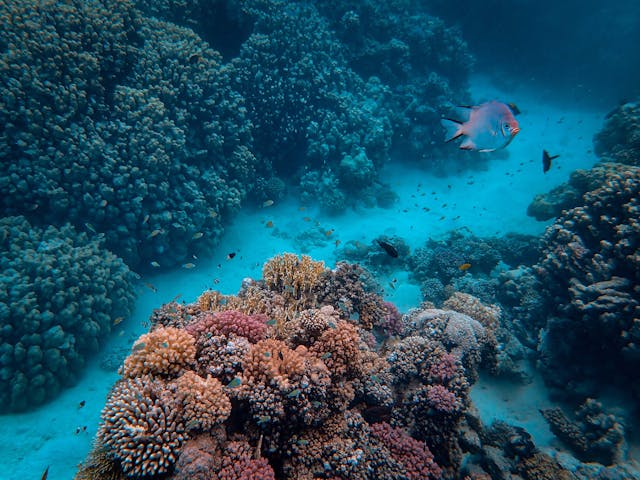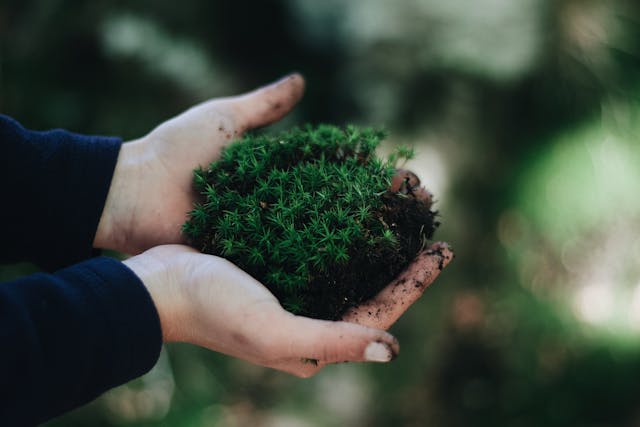Understanding Ecosystems: How Nature’s Web of Life Works
Ecosystems are everywhere—from forests and oceans to deserts and even your backyard. But what exactly is an ecosystem, and why is it so important? Simply put, an ecosystem is a community of living things like plants, animals, and microorganisms, interacting with each other and their environment. This article explains how ecosystems work and why they matter to all life on Earth.

What Is an Ecosystem?
An ecosystem includes all the living organisms (called biotic factors) in a specific area, along with the non-living things (called abiotic factors) like sunlight, water, air, and soil. These components work together in a delicate balance.
For example, in a forest ecosystem, trees, insects, birds, soil, water, and sunlight all connect and depend on one another. If one part changes, it can affect the whole system.
How Ecosystems Function
Energy Flow
Ecosystems rely on energy from the sun. Plants use sunlight to make food through photosynthesis, becoming the base of the food chain. Animals eat plants or other animals to get energy. This energy moves through the ecosystem in a chain of feeding relationships called the food web.
Nutrient Cycles
Nutrients like carbon, nitrogen, and water cycle through ecosystems. These cycles keep the environment healthy by recycling essential elements. For instance, decomposers like fungi break down dead plants and animals, returning nutrients to the soil for new growth.
Interdependence
Every species in an ecosystem depends on others to survive. Bees pollinate flowers, helping plants reproduce. Predators control the number of prey animals, keeping populations balanced. This interdependence creates a stable and healthy ecosystem.
Why Ecosystems Are Important
Ecosystems provide many benefits to humans and nature. They produce oxygen, clean water, and fertile soil. They regulate climate and help control floods. They also offer food, medicine, and recreation.
Healthy ecosystems support biodiversity—the variety of life—which is vital for resilience. The more diverse an ecosystem, the better it can handle changes and recover from disruptions.
Threats to Ecosystems
Human activities like deforestation, pollution, climate change, and habitat destruction threaten ecosystems worldwide. When ecosystems are damaged, it affects plants, animals, and humans. Loss of biodiversity can lead to weaker ecosystems and fewer natural resources.
How We Can Protect Ecosystems
- Reduce pollution by recycling and using fewer chemicals.
- Support conservation efforts and protected areas.
- Use natural resources wisely and sustainably.
- Plant native trees and protect local habitats.
- Learn about local ecosystems and teach others.

Final Thoughts
Ecosystems are nature’s complex web of life, where every part plays a role. Understanding how they work helps us appreciate their value and the need to protect them. By caring for ecosystems, we protect the planet and ourselves, ensuring a healthy world for generations to come.












